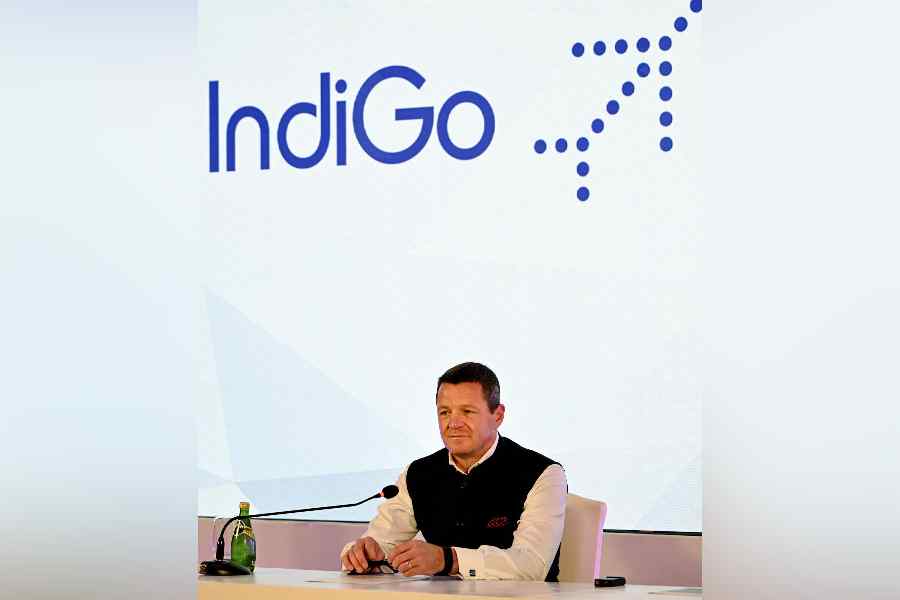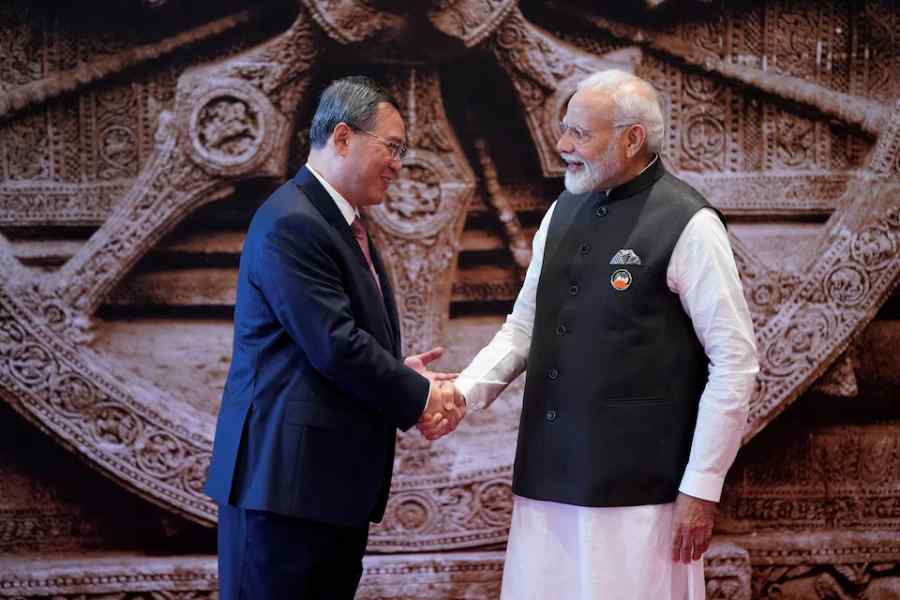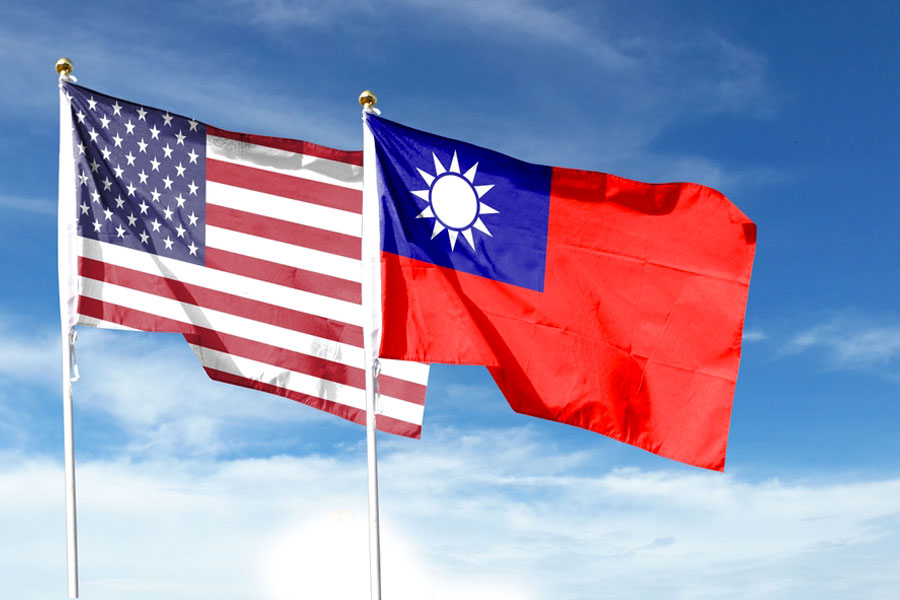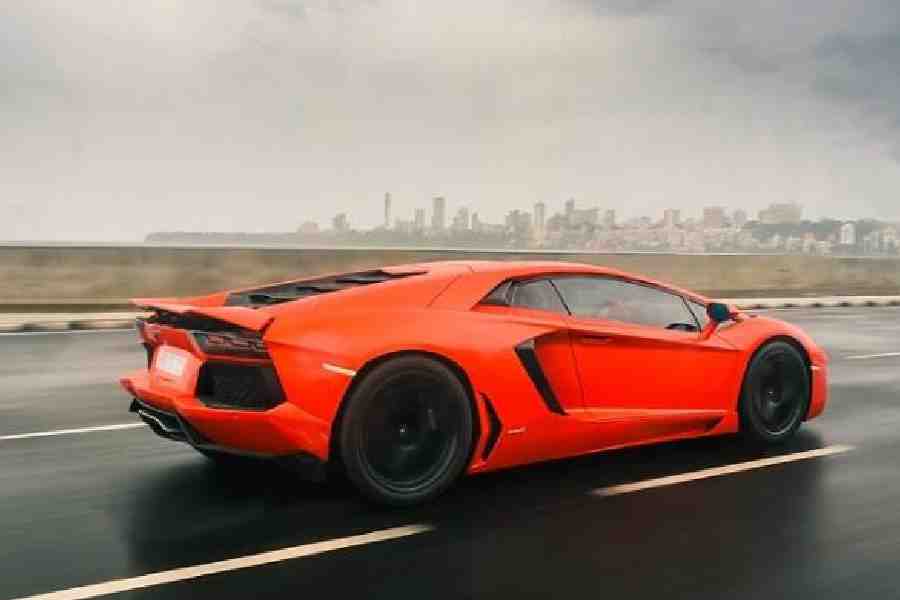The Covid-19 outbreak did have a big impact on businesses. While growth in many sectors have now come back to levels prevailing in 2019, some not only navigated the pandemic successfully but are now well entrenched in their goal of preparing for the future. Leo Burnett is one such entity who is now well set to capture the opportunities not only from new age companies, but also from traditional firms. The Telegraph caught up with Dheeraj Sinha, CEO & Chief Strategy Officer, South Asia, Leo Burnett who is now involved in building it as an agency of the future. Excerpts.
How did Leo Burnett cope with the pandemic?
When we got in the pandemic, we didn’t have a compass, nobody knew how to navigate it. We invented a new thinking framework “0-3-6” and we called it the short-term thinking framework as we needed to survive in the short-term to be able to live the long-term.
The 0-3-6 model was designed to focus on what are we going to do in 0 which is now, what are we going to do 3 months from now and what are will do 6 in months .
The model gave our people a purpose, it gave our clients a compass and this made sure that the pandemic was not as tough on our business as it probably could have been.
Our revenues in 2020 were only 5 per cent less than 2019. There was an impact, but it was not that big. We were more profitable in 2020 than 2019 since costs were low, we did not have to let go of any workforce. We did not do any salary cuts.
In fact, we have given all increments, we have honoured all increment cycles, we have given all bonuses. We won 20 new businesses during the pandemic through video. We drove hard but did manage to come out of the pandemic with little damage.
Is the 0-3-6 framework still on?
It is still on, it has now become our way of life. Earlier, all were seen in the longer horizon, businesses had to succeed in horizons of 5 years, 10 years time. In today’s day and age you live the now, if you look at the big platforms of today they weren’t what they are today when they started, they have pivoted through multiple short-cycles to become what they are today and that is the most fundamental difference on how businesses are being built in today’s times.
So 0-3-6 is our thinking model, saying how does a brand succeed in 0, how does it succeed in near term which is a year’s time and how does it succeed in three years’ time. So 0-3-6 months can be years.
Have your clients turned cautious after Omicron?
It has not made any impact as yet. It is still wait-and-watch. The good thing for us is that the biggest quarter which is the IPL and the festive season is over and some of our clients have posted delta over 2019, so lot of our clients are growing 19-20 per cent over 2019. Fortunately, the Omicron scare came after the festive period.
You mentioned about the festive season. How did Leo Burnett fare during the period?
It was very good, because of a combination of few factors. One is the IPL got split into two, so you had the the IPL coinciding with the festival season, so lot of clients who did not get on to the IPL in the first round got into the IPL in the second round. The third big impact is that a lot of our clients are gearing up for IPOs and they want to amp up the marketing and customer acquisition in a big way.
How was 2021 in terms of earnings, client additions. What is your outlook for 2022?
In 2021 we got back to 2019 levels and a bit of growth. So we are growing over 2019 in 2021 which is a good news. We would have won about 32-38 new clients and projects versus 20 last year. We also hired about 150 new people. So all our metrics are looking good.
As far as 2022 goes, the sense what we are getting is that we have to live with Corona in some way or the other, waves may come and go. The key in 2022 will be to build the line-up of talent and people. I don’t think there will be a threat on business and work, there will be greater threat on people, talent and therefore capacity, especially in businesses which are human or people oriented. The trick would be to chase talent and be ready for the opportunities and deliver them.
What is the profile of these 32-38 new clients and projects that you added this year?
Our entire positioning is that we call ourselves India’s No.1 new age agency and we work a lot with new age clients, those which are powered by the Internet economy. A large part of our acquisition has been in that space, but we also added also traditional clients.
One thing about Leo Burnett that we often hear is mutant DNA. How successful has been the programme?
About four years back we set a strategy of being a new age agency and as part of this, you have to work with clients that are new age, but to achieve that, you must have a new age talent-one that needs to be agile, solution oriented. Moreover, the solutions have to go beyond advertising, they have to be about the product, about platforms, about technology. Therefore what we have done very successfully in four years is that we have done mass scale training, and upskilling initiatives to give our current talent abilities in design thinking, abilities in behaviour economics, abilities in digital thinking.
So if you have data skills, you have technological skills, you have digital skills, you have design thinking skills, you are part of Leo Burnett.
What are the other initiatives that you have undertaken to build an agency for the future?
We feel that our canvas is not advertising, its not just words, images and videos. Our canvas is solving problems. So about four years back, we helped Bajaj Auto build a bike called V (from scrap metal of India’s first aircraft carrier INS Vikrant).
For a client like shaadi.com, we helped them build a platform called weddings from home during the pandemic. We helped them build a platform where you could arrange the whole marriage through a virtual set-up. So the whole idea is that the agency thinks on clients business problems and human problems and solves it by using creativity, data, technology and platforms.
Thus there has been a huge focus on the kind of solutions that we are putting out in the market, which are not just advertising solutions. The second big initiative is in talent and what we have done is that we have moved towards an hour-glass structure, so we are focussing on hiring a lot of young people. We go to all the college campuses and we are hiring people from there.
In order to ensure that the new age talent gets focus and their work and is not hidden between multiple hierarchies and layers, we have largely removed the middle layer.
So there is a very thin middle layer and then there are leaders. We have moved to a hour-glass structure to give our young people more focus, more energy and also make sure that we are able to pay our talent extremely competitive if not better than the industry remuneration.
Out of the total advertising pie, how much goes to digital currently?
Digital is around 40 per cent now of expenditure and value. Also, what is happening now is that increasingly it is not sharply divided between digital and traditional. What we are now building at Leo Burnett is what we call the consumer journey..We map the journey of a person through the day which criss-crosses the digital world and real world and in this, the task is how to build a narrative of the brand through the journey of the person.
A lot of our clients, we are taking them through this journey rather than saying that this is digital or mainline, it’s a combination of both and brands which are contextually located in each of these mediums is what makes a difference.
In other words, spend on other mediums like OOH has not come down significantly?
No it has not come down. Print is struggling a bit, but it is coming back. TV is also growing. In India the headroom is still very high, there is still growth for TV and there is room for growth for other traditional mediums. Further, India has always been an “and” country and not an “or” country. We assimilate change we do not throw away any change. So we will continue to do the traditional medium but continue to add new platforms as well.
Has the ticket size per client gone up?
There are lot of new projects, but the average ticket size is going down. Earlier a client would say they will run one campaign in a year, now the client is saying that it needs to run six campaigns in a year but the cost that you can incur in creation of one campaign is gone down. So the average ticket size has gone down but the number of activities have gone up.
What are the kind of mandates that you are now getting?
When it comes to new age clients, bulk of the brief is to create a category. For example, in the case of Spotify we are building the category of music streaming, so we are doing education, we are pushing the idea of a playlist and communicating how to create a playlist, how to use a playlist, how to use Spotify.
With PhonePe we are pusing the idea of digital payments, mutual funds insurance or for car dekho how do you buy or sell old cars on digital platform. So bulk of work is where we are building new behaviour and we are shifting behaviour from offline to online, we are also building new categories which consumers are not used to as of now.











